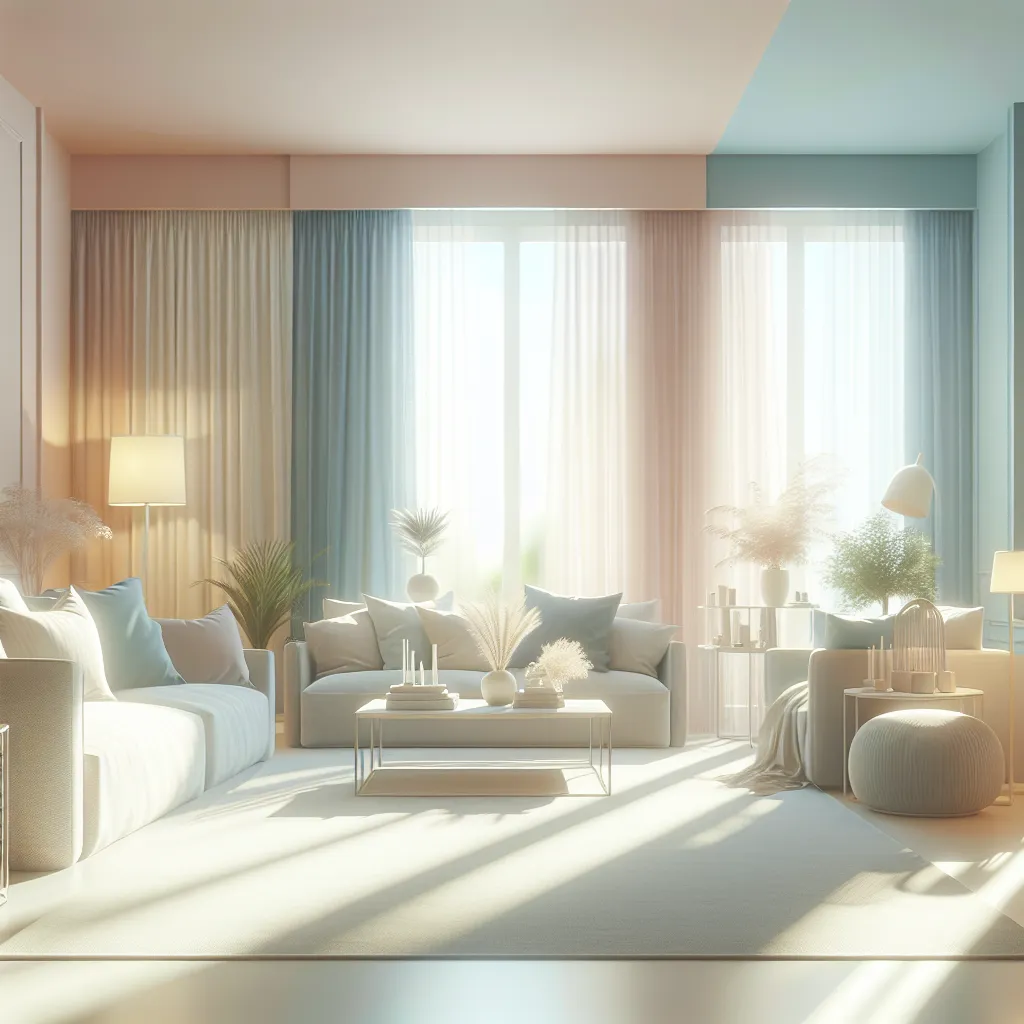The Influence of Colors on Emotions
The influence of colors on emotions is a fascinating aspect of the psychology of decorations. Different colors have the ability to elicit varied emotional responses, making them a powerful tool in home decor. For example, warm colors such as red, orange, and yellow are known for their ability to evoke feelings of energy, passion, and warmth. These colors can be great for stimulating conversations and creating an inviting atmosphere in common areas of the home.
On the other hand, cool colors like blue, green, and purple are often associated with calmness, relaxation, and serenity. These colors can be perfect for spaces intended for unwinding, such as bedrooms or reading nooks. Understanding the emotional impact of colors can help individuals make intentional choices when decorating their homes to create environments that align with their desired emotional experiences.
Moreover, the intensity of a color also plays a significant role in evoking emotions. For instance, bright and vibrant colors can bring about feelings of excitement and cheerfulness, while softer pastel shades may create a sense of tranquility and innocence. Additionally, cultural and personal associations with different colors can also influence how an individual responds to them emotionally.
In conclusion, the use of colors in home decor can significantly impact our emotions and overall mood. By being mindful of the psychological effects of different colors, individuals can create living spaces that promote the emotions and experiences they desire.
Creating a Calming Environment with Decor
Creating a calming environment at home is essential for promoting relaxation and reducing stress. Home decor plays a significant role in shaping the atmosphere of a living space and can greatly influence our mood and emotional well-being. By strategically incorporating certain elements into your home decor, you can cultivate a serene and tranquil ambiance that supports a sense of calmness and inner peace.
One of the key factors in creating a calming environment with decor is the use of soothing colors. Soft, neutral tones such as light blues, gentle greens, and warm earthy hues have been shown to evoke feelings of serenity and calm. These colors can be incorporated into wall paint, furniture, and decorative accents to promote a sense of relaxation throughout the home. Additionally, natural materials such as wood, bamboo, and stone can add a grounding and peaceful element to the decor.
Another important aspect of creating a calming environment is decluttering and organizing the living space. A clutter-free environment can have a profound impact on mental well-being, as excessive clutter can lead to feelings of chaos and overwhelm. By implementing effective storage solutions and minimizing visual distraction, you can foster a sense of tranquility and order within your home.
Furthermore, the use of soft textures and natural lighting can contribute to a calming atmosphere. Plush rugs, cozy throw blankets, and smooth fabrics can add a tactile comfort that enhances the overall feeling of relaxation. Optimizing natural light and incorporating gentle, diffused lighting can also create a soothing ambiance that promotes a sense of calm and contentment.
In conclusion, by strategically utilizing soothing colors, natural materials, decluttering techniques, and comforting textures and lighting, you can effectively create a calming environment with home decor. Cultivating a serene and tranquil living space can greatly contribute to positive mental health and overall well-being, making the home a peaceful retreat from the stresses of daily life.
Using Décor to Enhance Productivity
When it comes to creating a conducive environment for productivity, the role of home decor should not be underestimated. The psychology of decorations reveals that the arrangement of our surroundings can significantly impact our mood and productivity levels. One effective way to enhance productivity through decor is by incorporating elements that encourage focus and inspiration.
Creating a designated workspace with the right decor can make a substantial difference in productivity. Opting for a clean and uncluttered desk, utilizing organizers, and choosing minimalistic yet motivating art pieces can cultivate a space that promotes concentration and creativity. Additionally, the use of colors such as blue and green can have a calming effect, while pops of yellow can stimulate energy and positivity, further influencing productivity.
Furthermore, integrating natural elements into decor, such as potted plants or natural lighting, can instill a sense of tranquility and improve air quality, contributing to a more productive atmosphere. Research has shown that exposure to natural elements within interior spaces can lead to decreased stress levels and increased cognitive function, thus enhancing overall productivity.
In conclusion, leveraging the psychology of decorations to enhance productivity involves thoughtful curation of one’s surroundings to promote focus, creativity, and a sense of well-being. By incorporating elements that foster a conducive workspace, such as organized and inspiring decor, calming colors, and natural elements, individuals can create an environment that positively impacts their mood and productivity.
Personalization and Its Impact on Well-being
Personalization plays a crucial role in the psychology of home decorations and its impact on well-being. The way we choose to personalize our living spaces reflects our values, personality, and preferences, and it significantly influences our emotional state and mood. When our living spaces are personalized to reflect who we are, it creates a sense of ownership and belonging, thus promoting a positive psychological impact.
Research in environmental psychology suggests that personalized decorations at home can contribute to an individual’s sense of identity and emotional well-being. By surrounding ourselves with items that hold personal meaning, such as family photographs, artwork, or souvenirs from meaningful experiences, we create a sense of continuity and coherence in our lives. This, in turn, can lead to reduced stress and increased overall life satisfaction.
Furthermore, personalization allows individuals to express their creativity and individuality, which can be empowering and uplifting. For example, if a person enjoys nature, incorporating elements of nature into their home decor, such as plants, nature-inspired artwork, or natural colors, can create a calming and rejuvenating atmosphere. On the other hand, for someone who values minimalism, a clean and uncluttered living space may contribute to a sense of tranquility and mental clarity.
It’s important to note that personalization is a highly individualized concept, and what works for one person may not work for another. Therefore, the process of personalizing home decor should be guided by self-reflection and an understanding of one’s own psychological and emotional needs. Ultimately, by creating a personalized and meaningful living environment, individuals can positively impact their mental and emotional well-being, fostering a more content and harmonious lifestyle.

